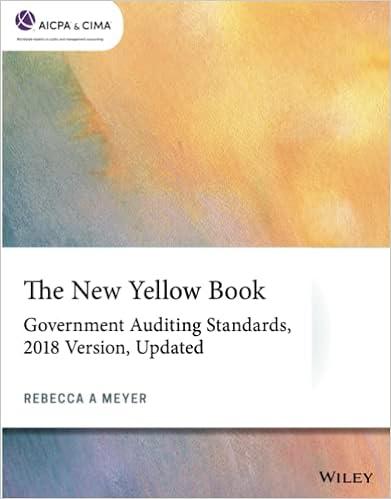Question
Suppose that the U.S. is an interest rate setter, while Mexico is an interest rate taker. Suppose that savings (capital supply) in the U.S. is
Suppose that the U.S. is an interest rate setter, while Mexico is an interest rate taker. Suppose that savings (capital supply) in the U.S. is equal to $950 per month. Investment (capital demand) in the U.S. is equal to r = 100 0.1I. In Mexico, savings is equal to $190 per month, while investment in Mexico is equal to r = 100 0.5I. Answer the following questions.
(a) Draw savings and investment in both the United States and Mexico.
(b) Suppose that Mexico enacts contractionary fiscal policy. The new savings curve for Mexico is $198. What happens to the world interest rate? What happens in Mexico (answer numerically or graphically)? What happens in the United States (answer numerically or graphically) using numbers from part (a)?
(c) Suppose that the U.S. enacts expansionary fiscal policy, where the new savings curve for the U.S. falls to $900. What happens to the world interest rate? What happens in Mexico (answer numerically or graphically) using numbers from part (a)? What happens in the United States (answer numerically or graphically)?
Step by Step Solution
There are 3 Steps involved in it
Step: 1

Get Instant Access to Expert-Tailored Solutions
See step-by-step solutions with expert insights and AI powered tools for academic success
Step: 2

Step: 3

Ace Your Homework with AI
Get the answers you need in no time with our AI-driven, step-by-step assistance
Get Started


